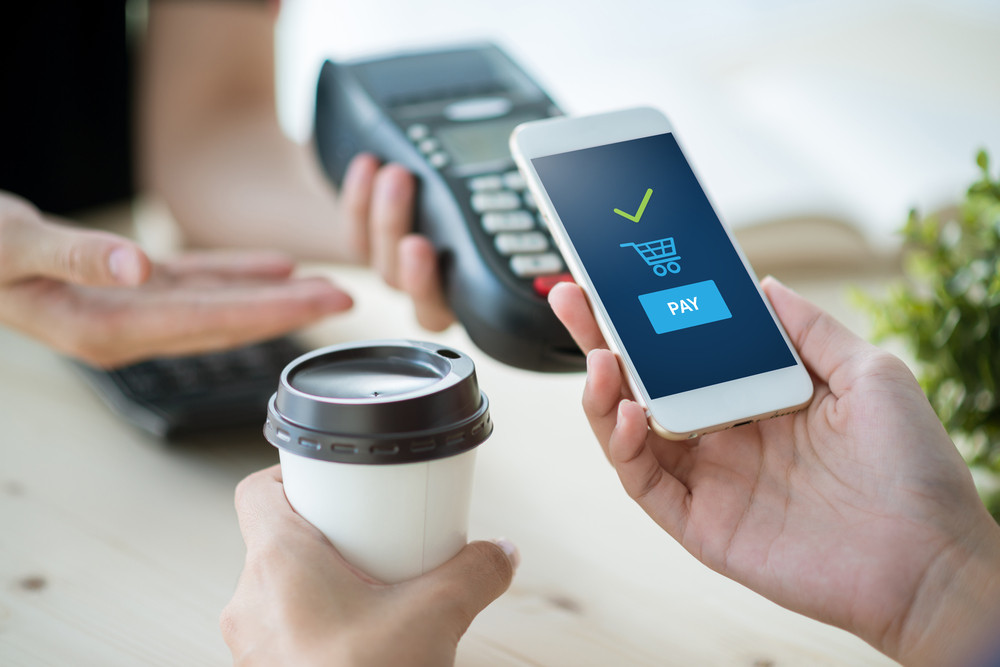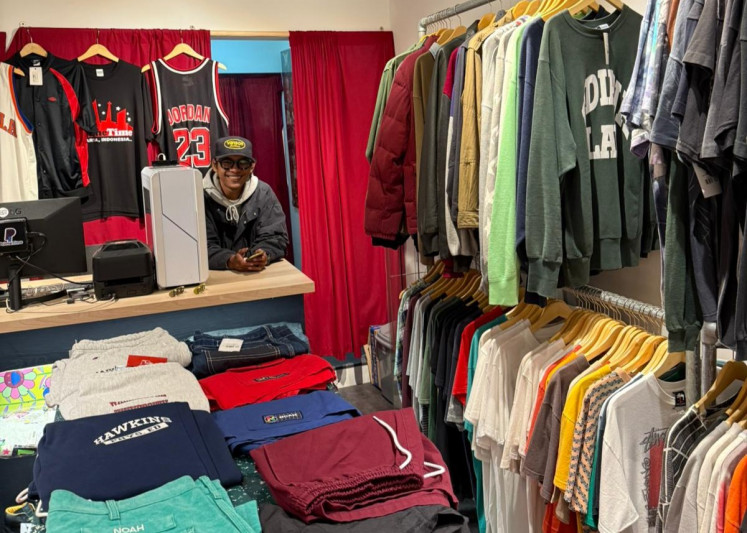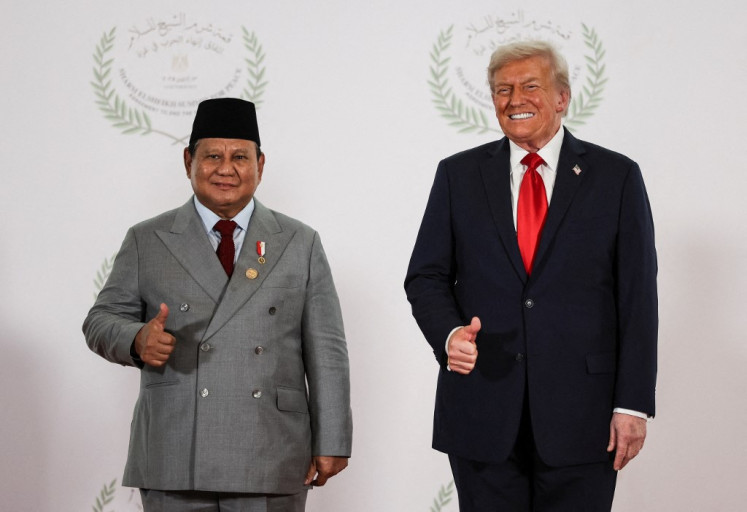Popular Reads
Top Results
Can't find what you're looking for?
View all search resultsPopular Reads
Top Results
Can't find what you're looking for?
View all search resultsPIX, the e-payment system revolutionizing Brazil
In under two years, PIX has become the most popular form of payment in Brazil, surpassing credit and debit cards -- the first time a government-run alternative to plastic has been successfully implemented in Latin America.
Change text size
Gift Premium Articles
to Anyone
When Brazil's central bank announced in 2020 it was launching a free electronic payments system called PIX, many people had no idea what it was talking about.
Today, instant transfers are so ubiquitous, Brazilians use them tens of millions of times a day, for everything from paying the rent to buying groceries to giving money to beggars on the street.
Walking amid cars stopped at a red light in Sao Paulo, panhandler Robson Ferreira has been a first-hand witness to the revolution the system has wrought in Latin America's largest economy.
"I usually get more money in PIX than cash," says the 48-year-old unemployed man, carrying a hand-scrawled sign that says, "Need help. Accept PIX."
Below that is a number drivers and passersby can use to deposit money directly into his account, a process that takes seconds on a cell phone.
"People told me, 'We don't even carry money any more. Put your PIX on there,'" Ferreira says.
In under two years, PIX has become the most popular form of payment in Brazil, surpassing credit and debit cards -- the first time a government-run alternative to plastic has been successfully implemented in Latin America.
Analysts say that the huge number of smart phones in Brazil -- more than one for each of the country's 213 million people -- and government aid payments to 20.2 million beneficiaries have fueled the system's takeoff.
PIX is so popular it has become a campaign issue in Brazil's October elections, with President Jair Bolsonaro claiming the credit for it -- though in reality work on the system began under former president Michel Temer (2016-2018).
Bolsonaro's top opponent, leftist ex-president Luiz Inacio Lula da Silva (2003-2010), has meanwhile been a target of a disinformation campaign, with false reports he plans to kill PIX to protect big banks, whose commissions on electronic transfers have evaporated since the system was launched.
Available 24/7, PIX allows anyone with a bank account to send and receive money instantly.
All senders need is a banking app on their smart phones and the "key" for the destination account -- usually a phone number or taxpayer ID.
Some cash registers and payment terminals also let users scan a QR code that makes payment even faster.
For now, PIX is still used mainly for small transactions.
The total amount transferred via PIX in the first quarter of the year was around two billion reais ($392 million), around one-fifth of other electronic transfers.
"PIX mainly replaced transactions that were happening in cash before," says Leandro Vilain of the Brazilian Federation of Banks (Febraban).
But the number of transfers is huge.
In the first quarter, Brazilians used PIX for 4.2 billion transactions -- 22.9 percent of the total -- versus 3.7 billion for credit cards (19.3 percent) and 3.5 billion for debit cards (19.8 percent), according to the central bank.
Business owners benefit, too.
Other payment methods have high fees and take longer to process -- up to 28 days for credit cards, the central bank says.
On the beach in Rio de Janeiro, where he makes his living selling coconuts -- including by PIX -- Jose Jefferson sees another advantage.
"PIX is a lot safer. With cash, there's more risk it gets lost or stolen," he says.
The system is not immune to security threats, though.
In May, kidnappers seized Anna Novaes, a 52-year-old architect in Sao Paulo, and held her at gunpoint for eight hours, forcing her to take out loans from two banks and transfer the money to their accounts via PIX.
They stole a total of around $8,000, Novaes told AFP.
She managed to have the banks write off the loans.
There were 154,972 reports of fraud by PIX in July, more than double the number from January, according to the central bank.
The statistic -- a tiny fraction of all transactions, the central bank underlines -- hasn't doused users' enthusiasm.
Not even for Novaes, who took out insurance covering e-transactions and went back to using PIX.
"I don't want to give up the convenience," she says.











